An Athlete At Any Size: Big Fit Girl, Louise Green on Running
My name is Louise Green. I am a plus-size personal trainer, athlete and advocate for fitness at every size. My work bridges championing women to live their athletic dreams in the body they have now, along with advocating for more visibility of size diverse bodies in fitness media and advertising. Here’s my story and how it all began with running.
After ten years and thousands of hours training the plus-size demographic, my experience has told me that fitness remains a barrier for many people simply because it’s too intimidating to approach. Fitness media rarely represents women over a size 6. The lack of visibility keeps the barriers high to engaging in fitness because the unspoken invitation to join in, through media and advertising, doesn’t exist for women of size. My conclusion is: We cannot be what we cannot see.
My story began fifteen years ago, when, on a quest to lose weight, I joined a Learn to Run 5K clinic. I had been trying to lose weight for years, and was living in a perpetual cycle of dieting. I counted points, weighed food, blended smoothies, and ate pre-packaged diet food. And though I tried to stick to my stringent meal plans, I was constantly battling hunger and often succumbing to it.
I repeated this, for many, many, years, and when I finally signed up for the running clinic, I was terrified—filled with worry that I would be the biggest, the slowest, or get left behind. As a plus-size woman, I had to overcome tremendous fear to pursue what I’d always dreamed of: becoming a runner. But on that first night, our run leader introduced herself, and to my surprise, she was also plus-size. Under her leadership, I realized that I could live my athletic dreams in the body I had without constantly battling with my weight. I decided I no longer wanted to fight hunger, and I realized that I really didn’t have to.
Quickly, my fitness motives changed from trying to conform my body to a certain size to building the body I had into the strongest version of myself. Running was no longer about how much caloric expenditure I could squeeze out and log in to my diet tracker. It was about leaning into my physical power and building my body up, not whittling it down. It was one of the most freeing experiences of my life, and it changed everything I thought I knew about fitness.
Today, I am on a mission to change how our society views athleticism. Ten years ago I opened a business called Body Exchange, a fitness boot camp dedicated to plus-size women. Since opening my business I’ve trained thousands of plus-women and guided them to realizing their athletic potential. I ask them to lean into their physical power and have taken great pleasure in coaching them to many finish lines. This month, I’m releasing my first book, Big Fit Girl (Greystone Books), which I hope will empower others to do the same. In my book, as in my personal training practice, I strive to broaden the way we think about athleticism and ensure that women in a diverse range of sizes feel included and represented in fitness and sport. I believe that fitness comes in all shapes and sizes—I witness it every day.
Louise Green founded Body Exchange, a fitness program focused on helping plus-sized women achieve their athletic dreams. Since 2008 Green has coached over a thousand woman, sweating alongside them in their fitness journey. She is the author of Big Fit Girl, a book aimed to challenge the way in which our society thinks about fitness.




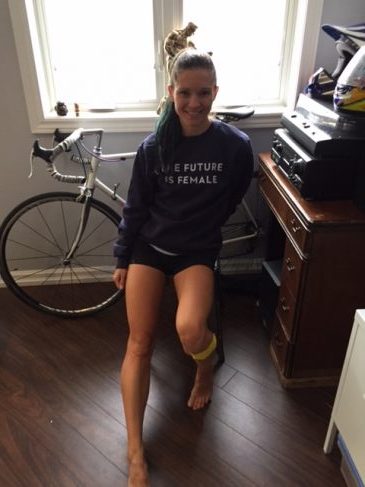









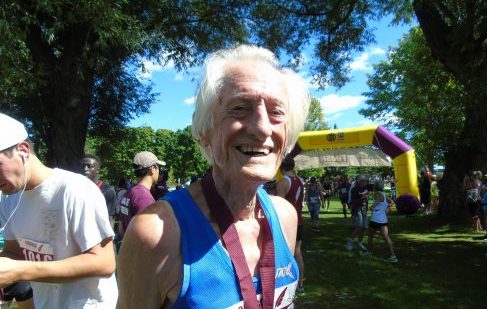
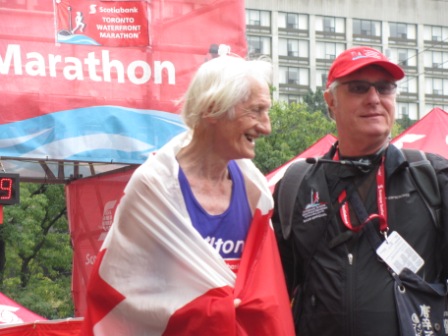



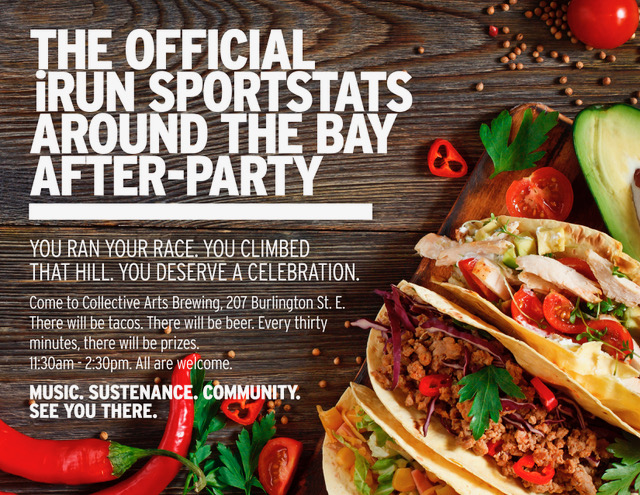


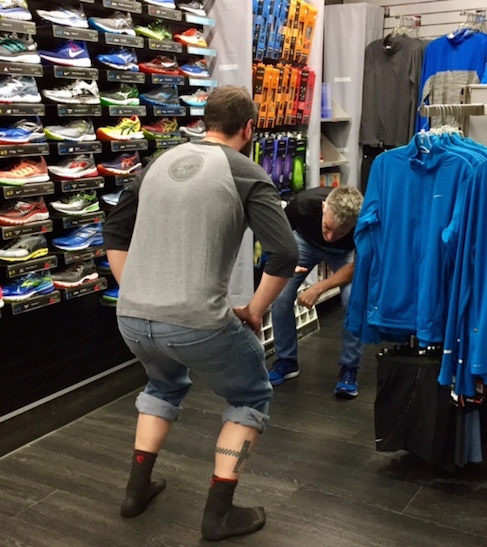
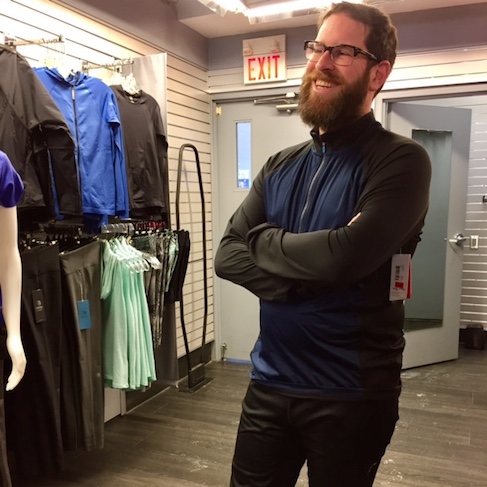
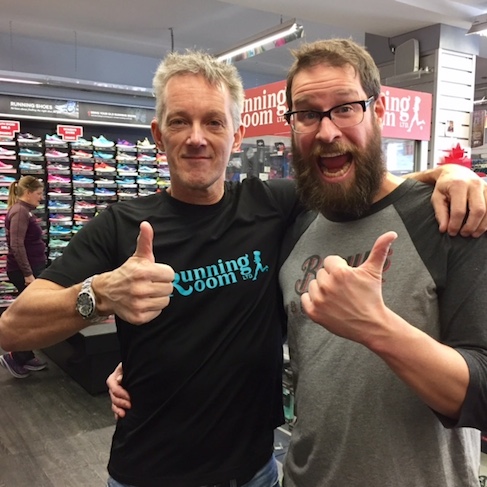

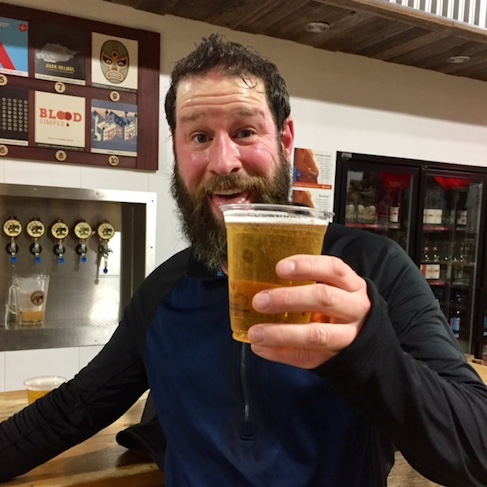
 Our Magazine
Our Magazine Previous Release
Previous Release
